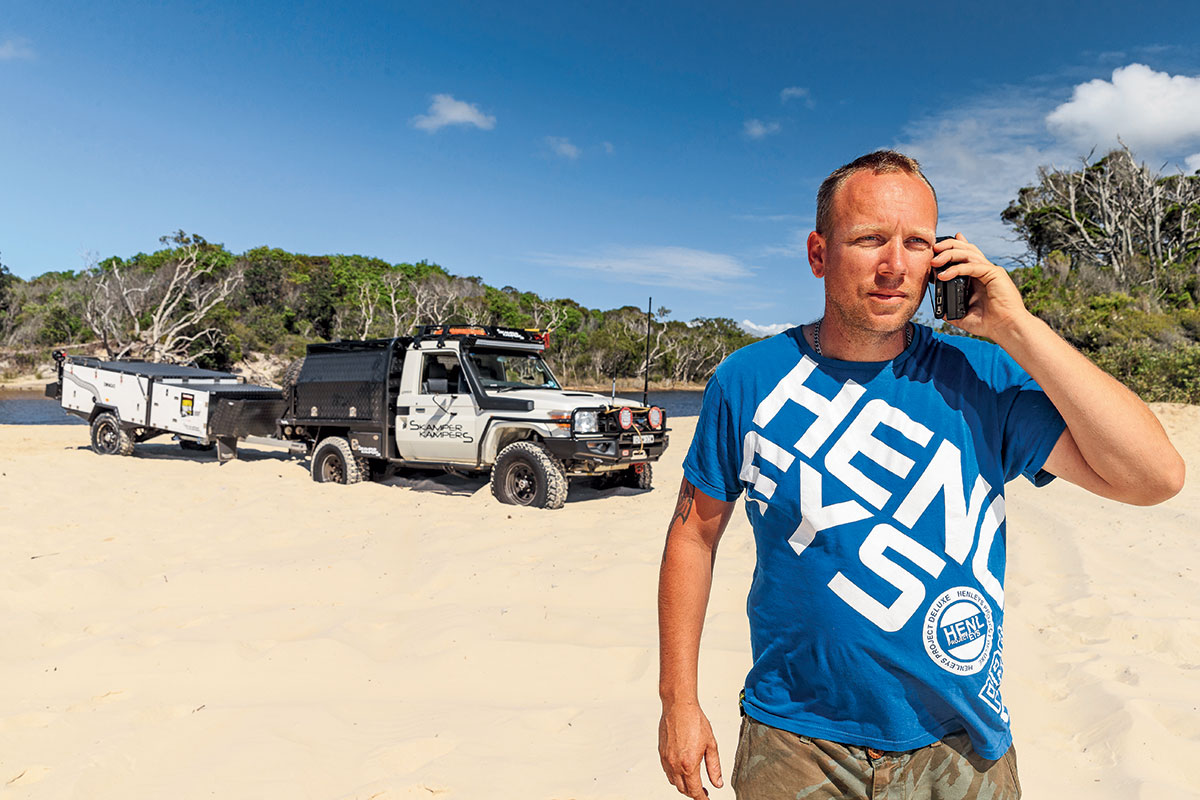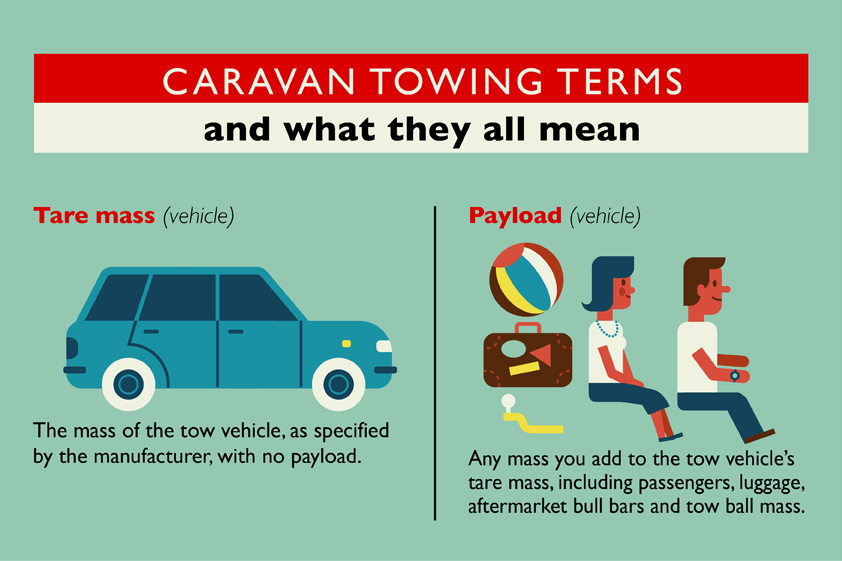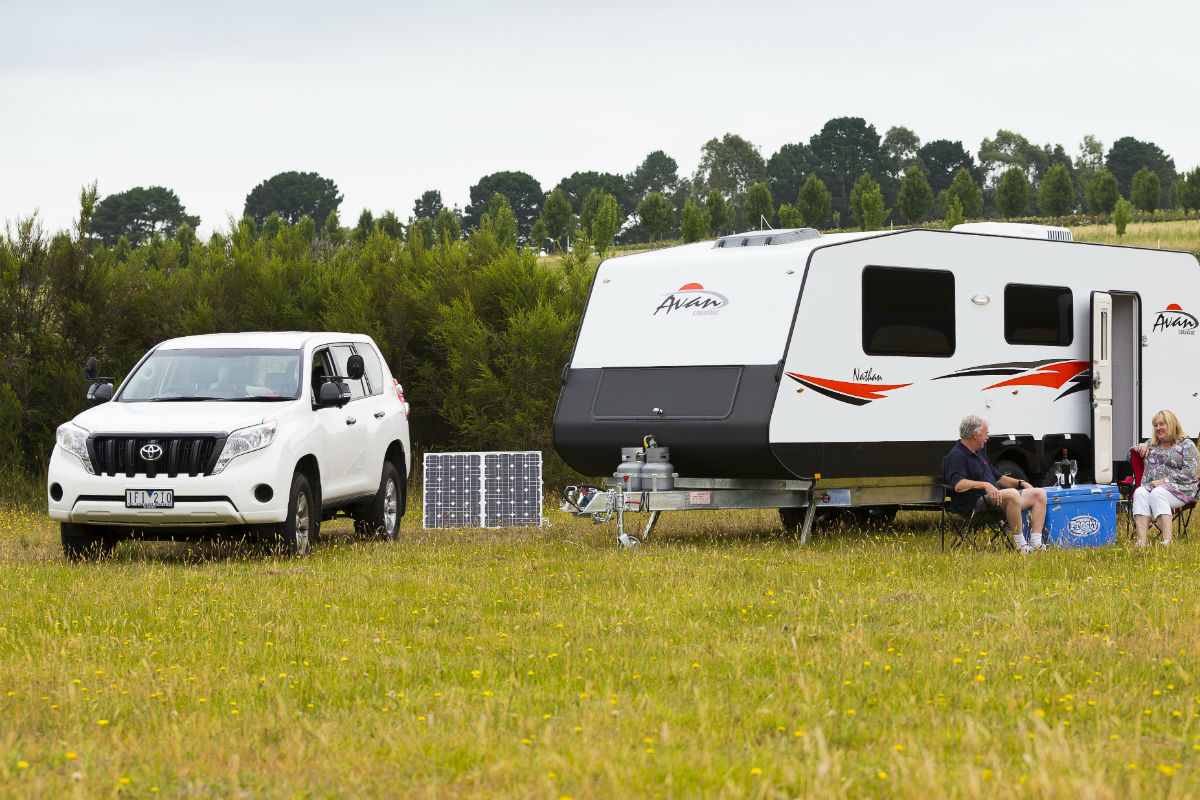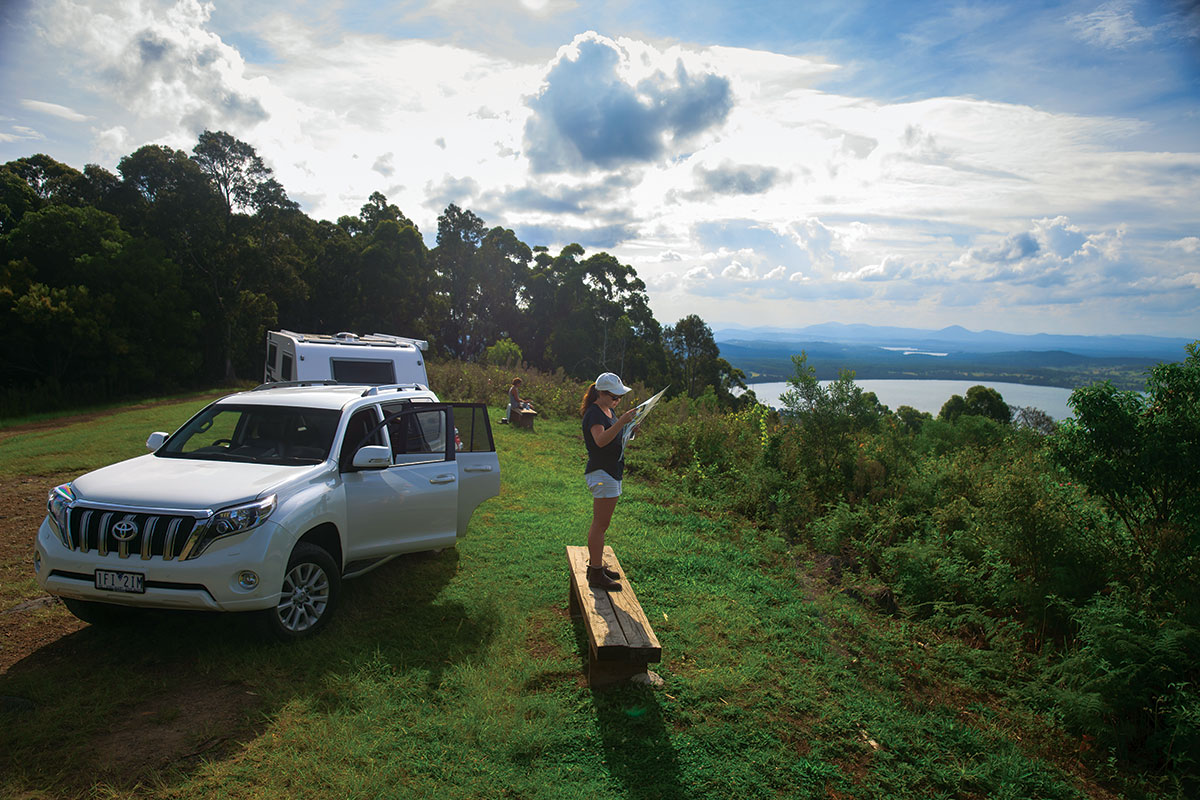When we travel, it is important to consider how we communicate with the rest of the world both for emergencies and to keep our friends and family up to date on where we are. Some take this very seriously, ensuring they go with a satellite phone or, with an even greater sense of commitment, an HF radio. Many carry a UHF (CB) radio system while some are happy to rely on their mobile phone.
The latter is certainly a better tactic than going with nothing, which would have been the most common option 25 years ago, but there are serious limitations to what your mobile can deliver in terms of communications. That said, a few tips will extend the facility they can provide.
HARDWARE CHOICE
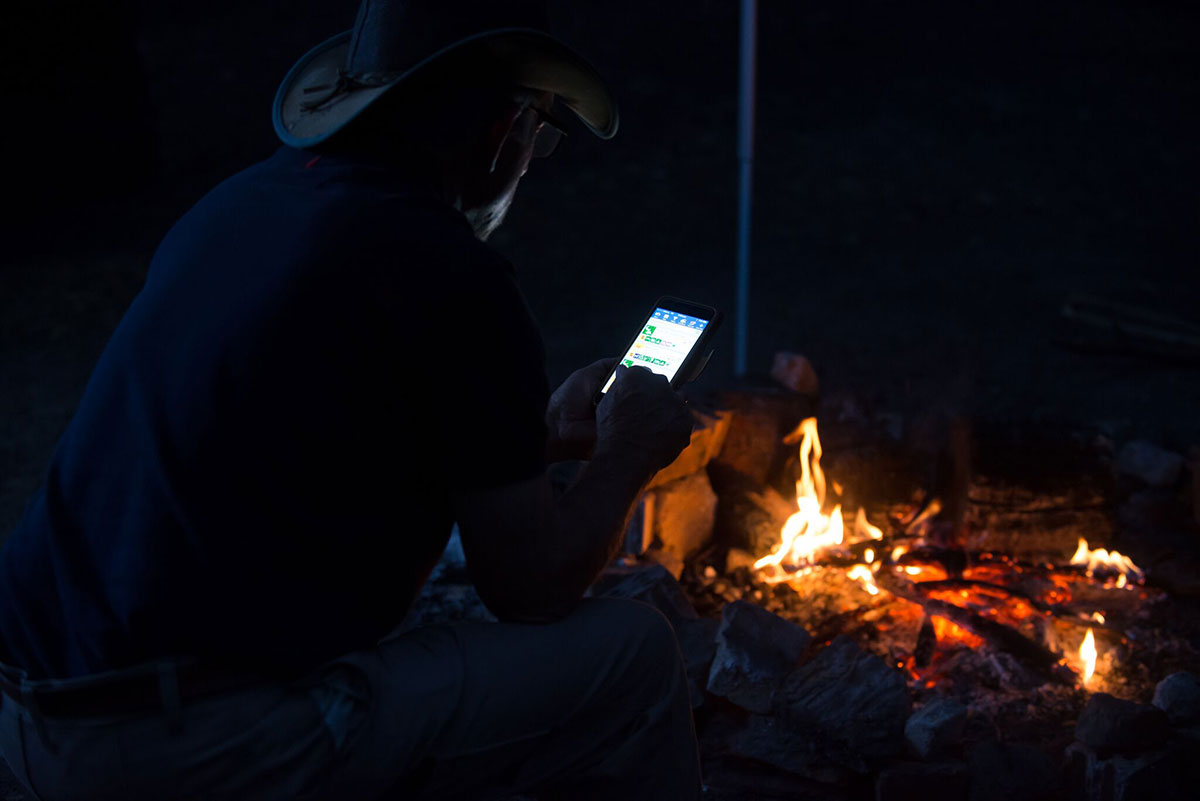
Mobile phones depend on their ability to connect to a communication network via signals to and from transmission towers. In a nation the size of Australia with a limited population this imposes considerable difficulties for service providers. It’s important to overcome reputations and gossip and go for the carrier which can supply the best coverage, and that, quite simply, is Telstra.
Telstra provides a combined 4G and 3G footprint reaching more than 98.8 per cent of the Australian population. However, that network covers only just over 26 per cent of the continent, and to access all of that you need an external antenna.
External antennas are commonly attached to the handset via a car-kit or a patch-lead where a car-kit is not available. These will boost a signal by as much as 10 times where reception is marginal and extend the area over which your phone will function. Having it installed by a competent professional will a huge difference to its effectiveness.
Antennas vary by size and type, and fall into three categories:
– Low gain: plug into your handset to improve hand-held reception (0-3 dBi gain);
– Medium gain: for hand-held reception or fixed to a vehicle (3-5 dBi gain);
– High gain: fixed to a vehicle to maximise coverage (6.5-7.5 dBi gain).
The gain of the antenna indicates the antenna’s capability to send and receive signals.
Mount your antenna on the car roof for improved height to prevent the vehicle from shadowing or distorting the signal. Avoid glass-mounted antennas as demister wires or reflective window tint materials on or embedded in the glass can impede performance.
A patch-lead is a cost-effective alternative to a car-kit in connecting your mobile phone to an external antenna. It permits you to swap vehicles without needing multiple car-kits.
NO MORE BOOSTERS!
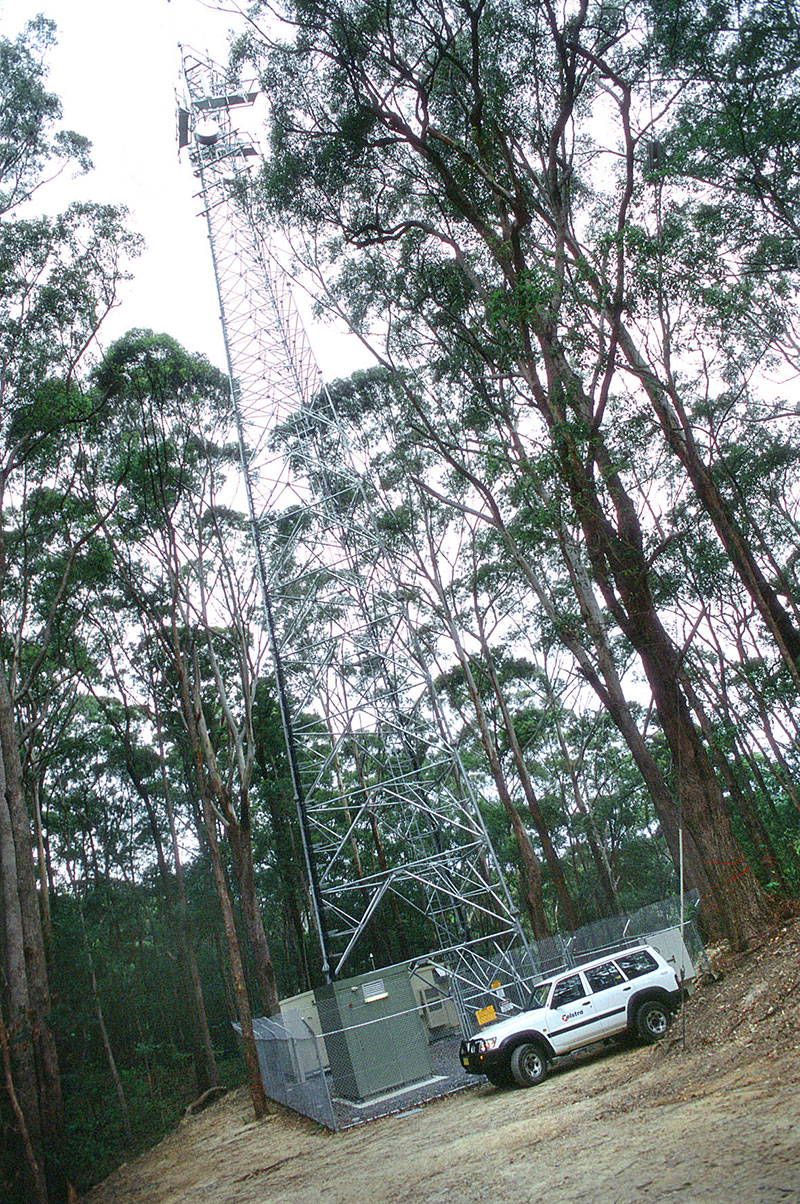
One option which is now illegal is a mobile phone booster. This is a powered radio frequency amplifier that physically connects to a mobile phone handset to enhance its ability to communicate with a mobile base station. Gain is up to 50-70 dBi. These can make significant difference to reception in marginal areas; however, the signal strength can swamp nearby base stations and blind them to other calls.
Increases in booster usage have been known to reduce coverage to just a small percentage of the original area, causing disruption to emergency call services and severely inhibiting mobile network functioning, so their supply and use can result in a fine of up to $220,000.
Telstra recommends phones under its Blue Tick plan, which under testing offer the best service in rural and regional areas. Consider these when choosing your next phone instead.
TECHNIQUES
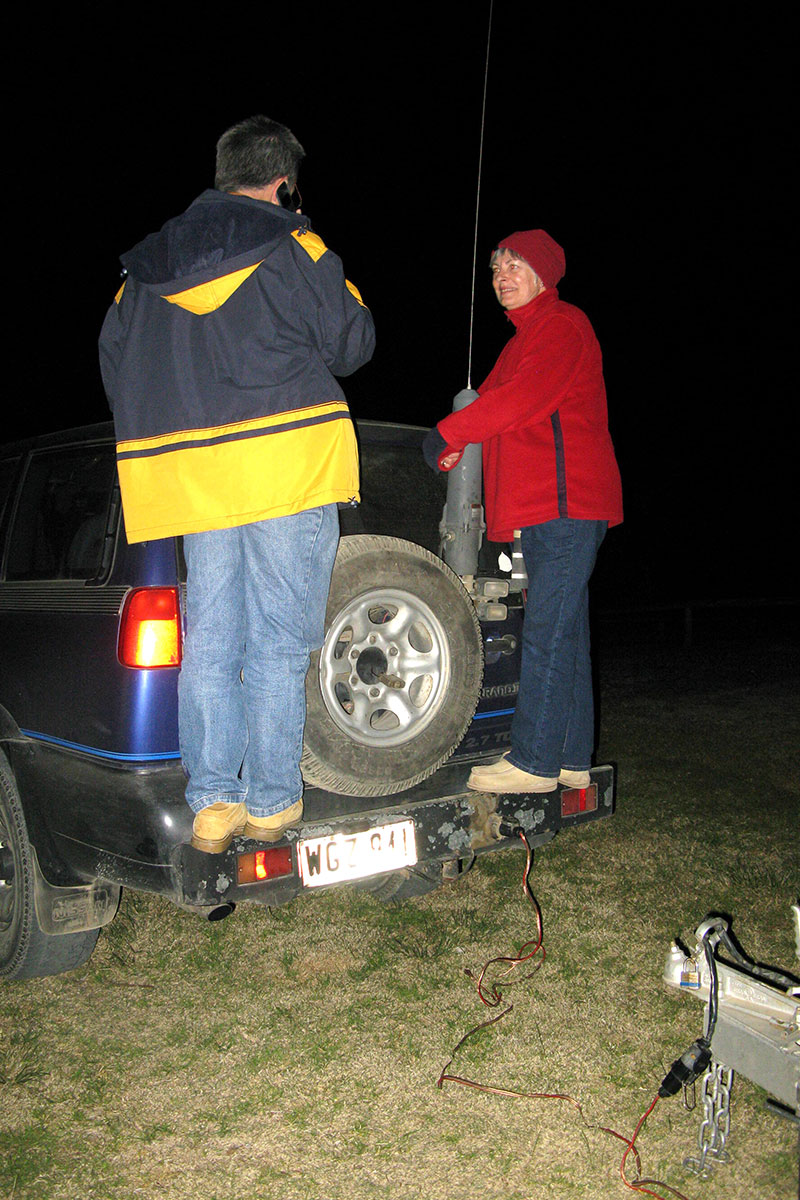
If you feel you may be within (even marginal) range of a phone tower try to gain as much height as possible. If voice communication is not possible, an SMS message may get through when you are within range of your contracted service provider.
With SMS, any mobile phone can tell you if your message was received, though you may not necessarily know if it has been read. This feature, however, is normally turned off by default and must be turned on. If possible, attempt to use your phone at night when transmission effectiveness often increases.
EMERGENCY ACCESS
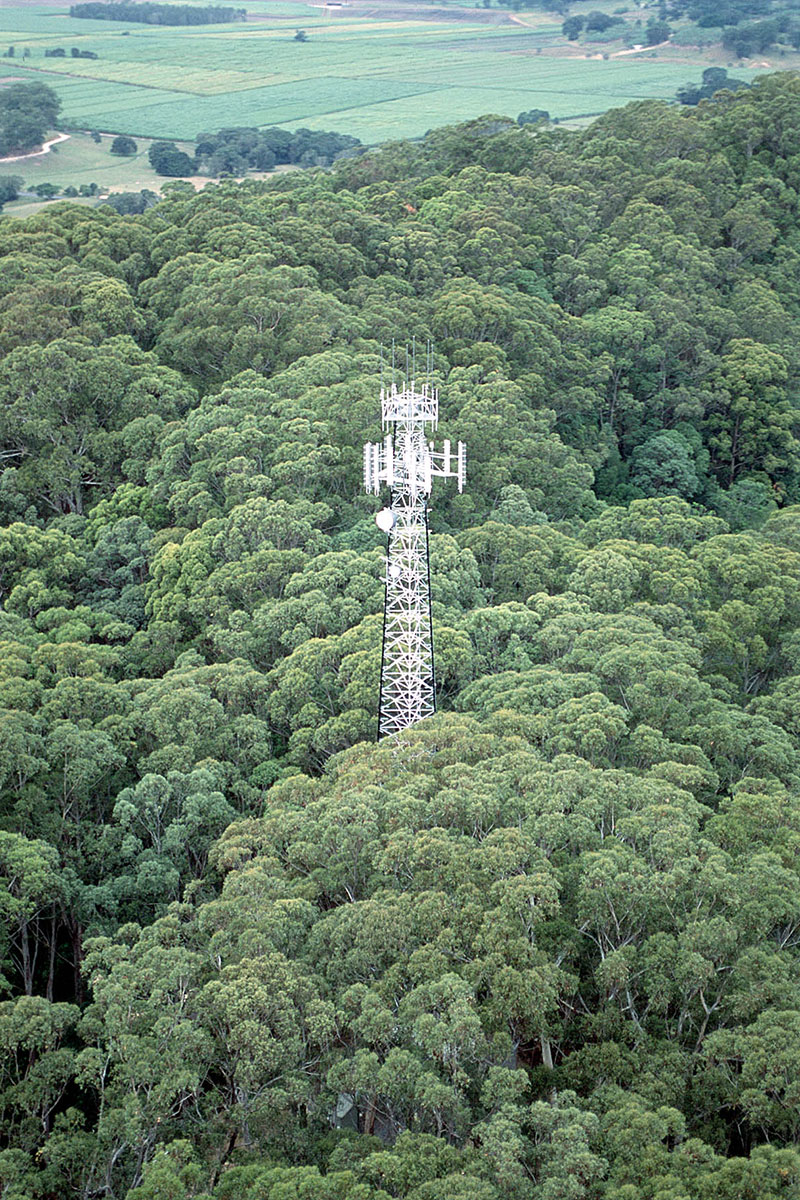
If you see an “emergency calls only” message on your phone’s screen you can make an emergency call by dialling 000. Dialling 000 will connect you to your contracted service provider and will override any non-emergency call accessing the system.
In Australia and anywhere on Earth you can also dial 112 on any digital mobile phone to get an emergency operator – even without a SIM card or if the phone is locked – as long as you have access to any mobile tower reception. This may work where dialling 000 won’t, as it will connect to any service provider within range.
Neither 000 nor 112 can receive SMS, but if you are unable to speak or the signal is weak you can try texting your carrier’s SMS call centre and they will contact you via SMS.

